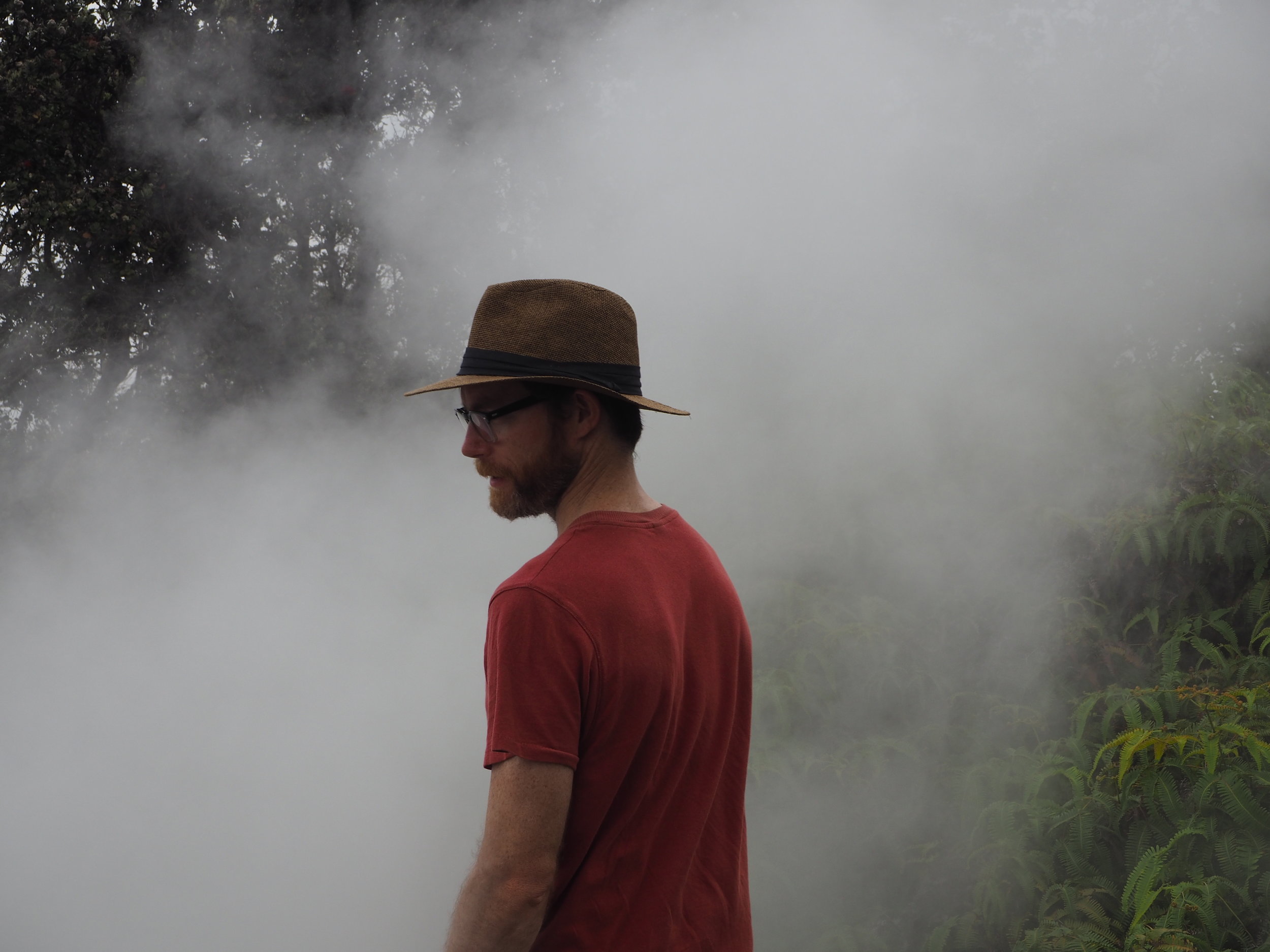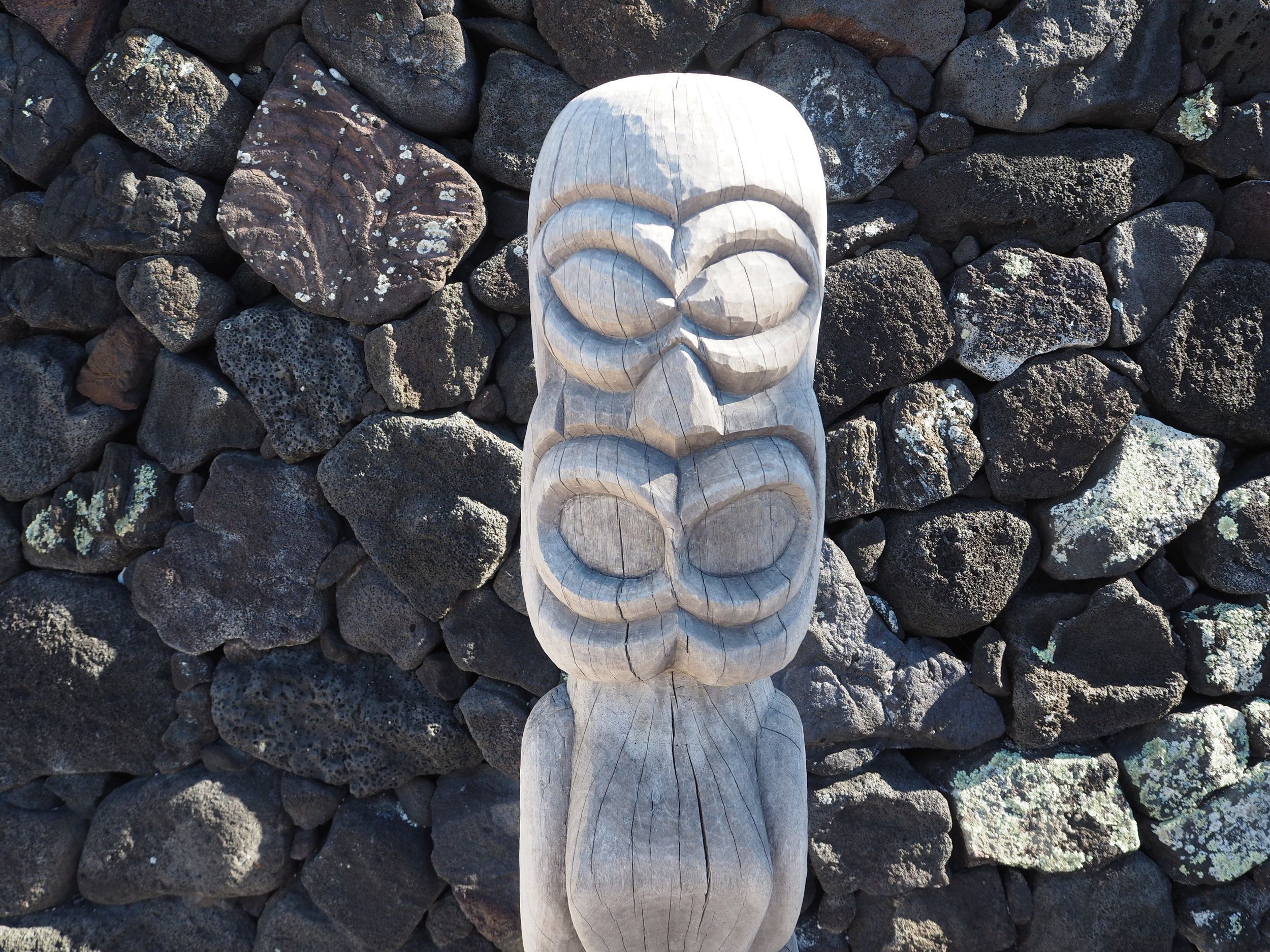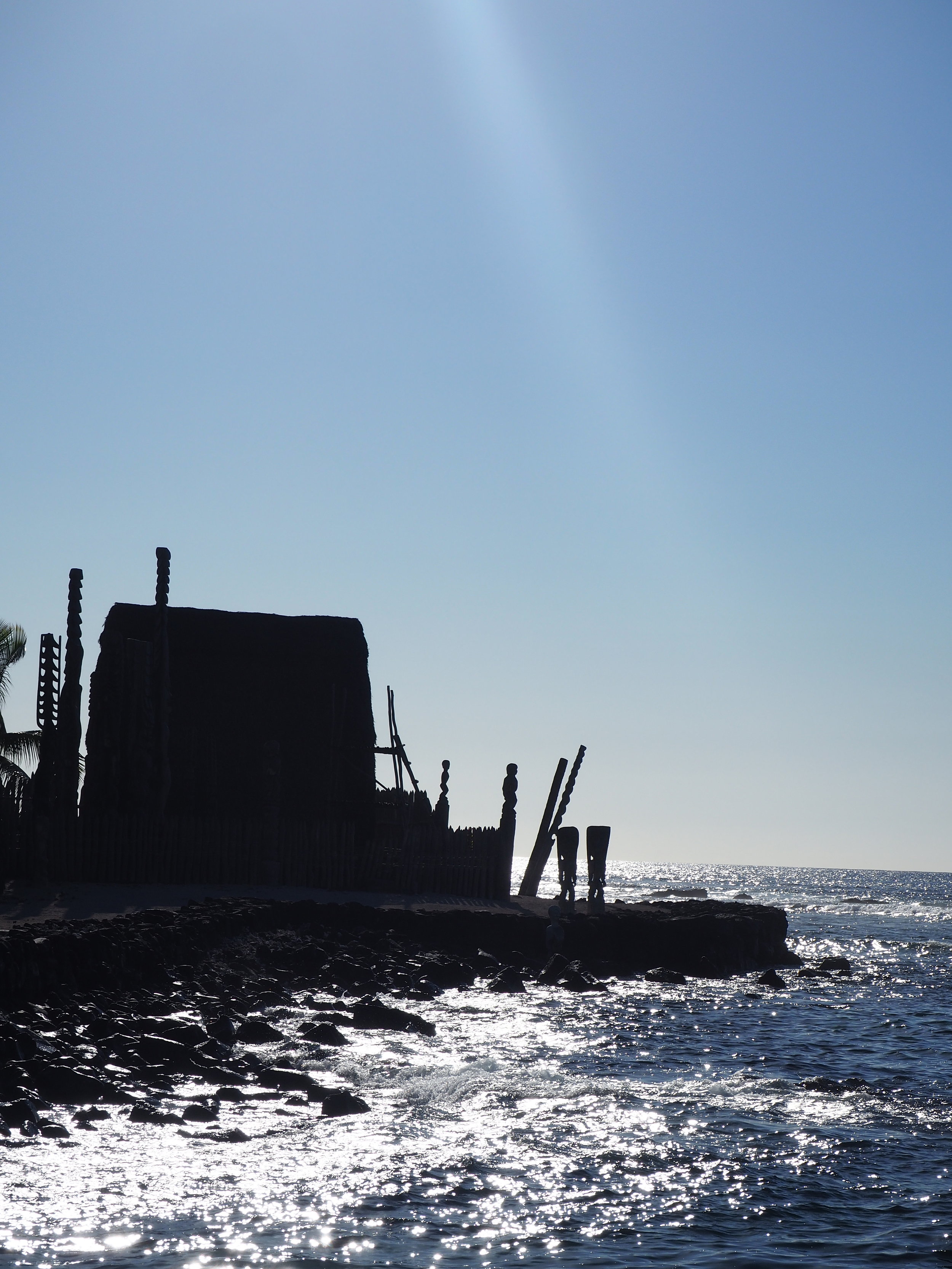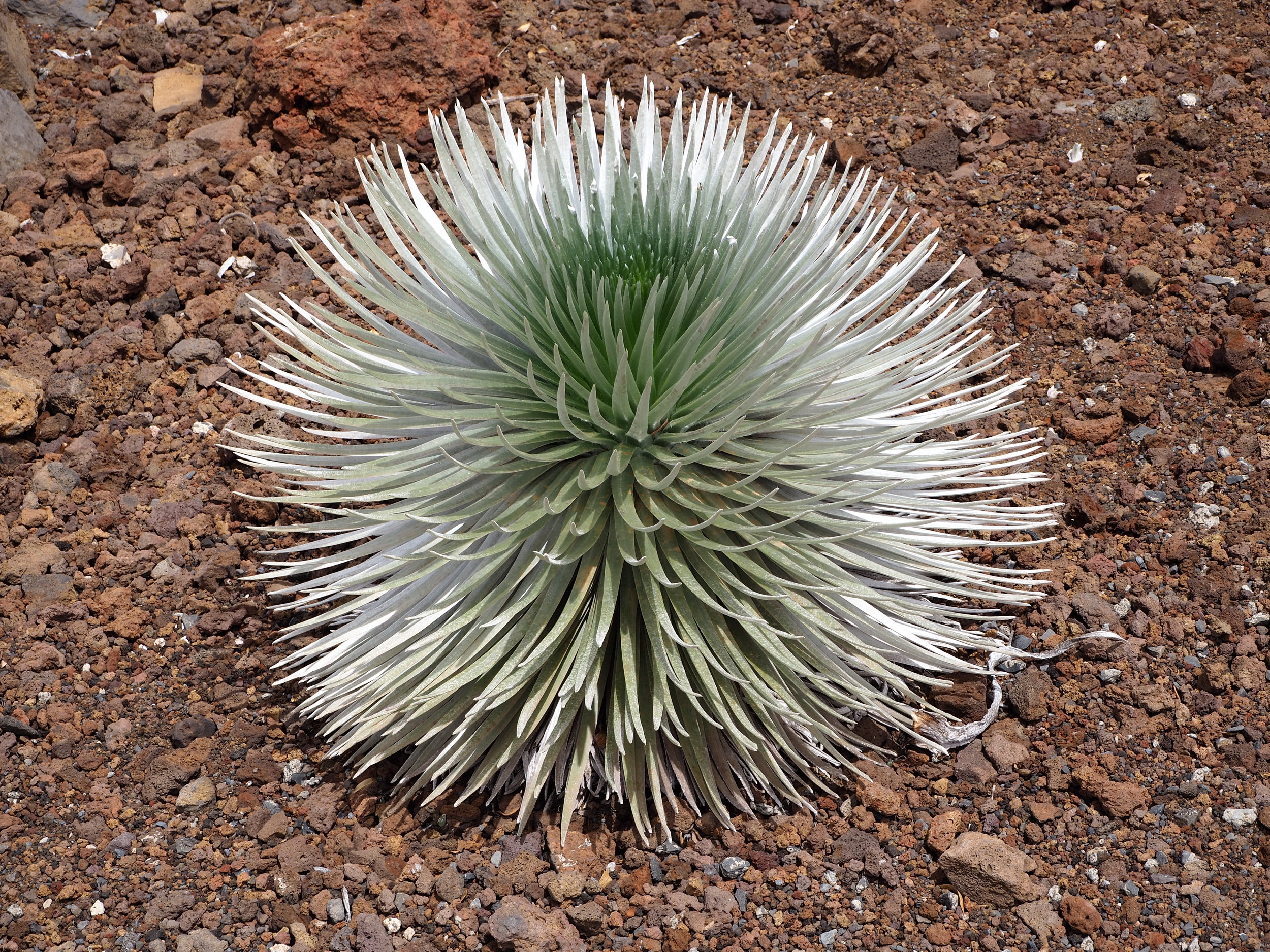We stood together holding hands in the dark. Looking into the red-hot glowing center of a volcano. We were far from home, but we had never been closer together.
When an opportunity for family fun arises, take it. Don’t weigh the pros and cons, just say yes and go. Take your seven-year-old out of school, tell the office you’re going on vacation, get a pet sitter, don’t worry about the money, and allow your family to become the adventure.
Our family recently said yes to Hawai’i. Not for the postcard-perfect landscape, the warm clear water, the shaded sandy beaches, the poolside refreshments, or the genuine locals and captivating culture, but yes to the hot, dusty, unpredictable, high-altitude, majestic, and unforgiving volcanoes.
The Hawaiian island chain is all volcano. Not the exploding, red-lava volcano that might come to mind, but the geological consequence of the hottest part of our planet’s core deciding to pay a visit to the surface, creating a series of land masses that slowly become mountains, valleys, shores, and homes.
The national parks of Hawai’i are a lot like mainland parks. They’re big, weird landscapes full of tourists trying to get that photo that sums up the whole thing. No photo can capture the layers of cultural and geological history in any national park. Our family kept this in mind and went forward hoping to personally connect with places that are much bigger than our tiny lives.

































